Golf’s Forgotten Major Winners
Today's Major champions are set for life, they enjoy sustained worldwide fame. It hasn't always been the case. Here we consider some of the forgotten men.
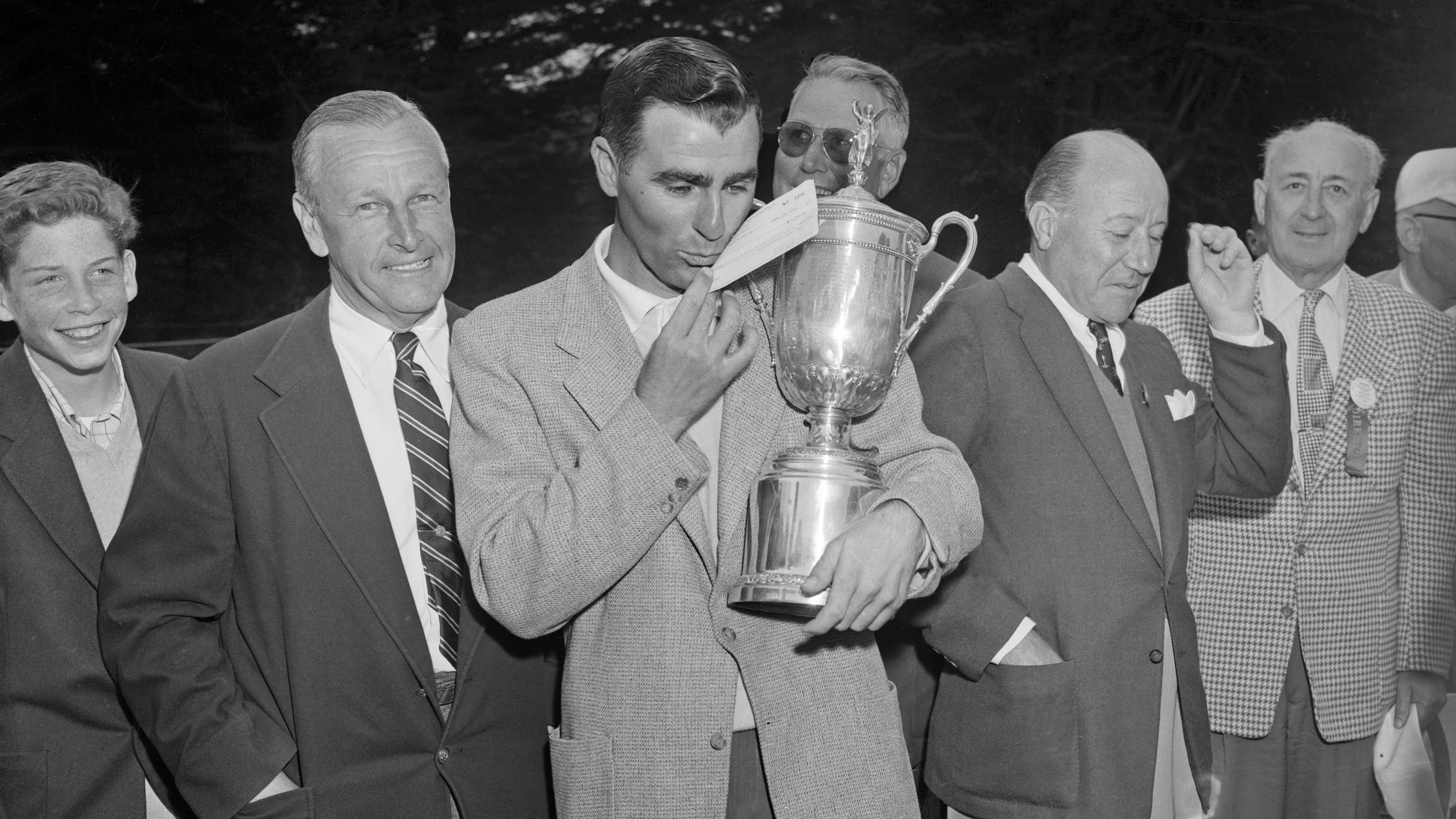

Today’s top golf professionals are among the most highly paid sportspeople in the world. They enjoy global fame and a worldwide following. Hundreds of millions of people watch each of the game’s four Major men's tournaments and the winners of these most prestigious events become household names. Golf fans would recognise tens, if not hundreds, of current professional players and, even non-golfing sports fans would be able to recall a decent number.
But this wasn’t always the case and there are many great golfing champions who have been consigned to the dustbin of history.
Now, winning a single Major championship is enough to set a player up for life, whereas in days gone by it might have earned them a few hundred pounds and a pat on the back at their local club.
Below we take a look at the fascinating stories of some of those Major champions whose achievements have been forgotten, or perhaps disregarded, by all but the most enthusiastic golf statisticians.
Ralph Guldahl (1911 – 1987)

Ralph Guldahl
Born the year before Ben Hogan and Sam Snead, Ralph Guldahl’s playing career peaked and troughed twice before either of those golfing legends reached their prime. The Texan turned pro in 1931 and quickly won the Santa Monica Open; he took the Arizona Open title the following season. In the 1933 US Open, the 6 foot 2 inch 21-year-old made up nine shots on Johnny Goodman in just 11 holes at the end of the final round. Guldahl faced a four-foot putt on the last green to force a playoff. He missed and effectively gave up competitive golf for three years, returning to his home in Dallas and becoming a used car salesman. But he took up the game again in 1936 and, between 1937 and 1939 Guldahl was arguably the best player in the world. He was second in the 1937 Masters before winning the US Open at Oakland Hills by two shots. He was second again in the 1938 Masters and successfully defended his US Open title, winning this time by six strokes at Cherry Hills. In 1939 he finally got his victory at Augusta and claimed three further titles that season.
For that brief spell, Guldahl was at the very pinnacle of the sport. But from 1940 onwards he lost his game and he quit tournament golf. He played his last US Open in 1949.
Many believed his involvement in the writing of an instructional book was the reason for his golfing collapse – it caused him to over-analyse his game. Guldahl put it down to a lack of competitive drive and weariness because of the travelling.
Get the Golf Monthly Newsletter
Subscribe to the Golf Monthly newsletter to stay up to date with all the latest tour news, equipment news, reviews, head-to-heads and buyer’s guides from our team of experienced experts.
He became a teaching professional at Braemar Country Club in California in 1959 where he worked until his death in 1987. Among many others, one of his students at Braemar was eccentric billionaire Howard Hughes.
Jack Fleck (1921 – 2014)
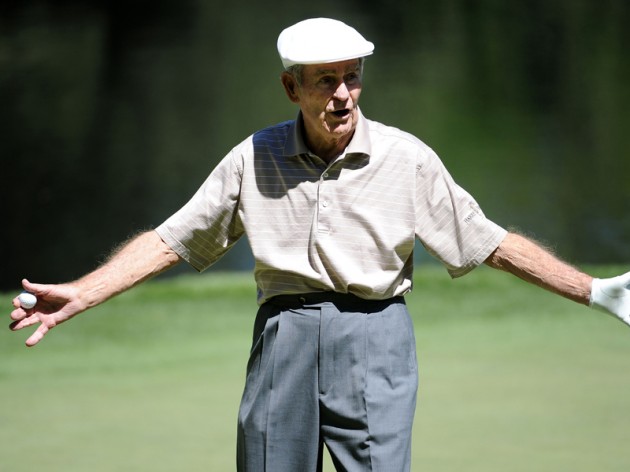
With Ben Hogan safely in the clubhouse two clear of little-fancied Jack Fleck, almost everyone had given “The Hawk,” the 1955 US Open title. NBC television finished their coverage before Fleck had completed his round, ending with a shot of Gene Sarazen congratulating Hogan on another US Open title.
But Fleck still had four to play. He birdied the 15th and 18th holes to fire a 67 and tie Hogan at the top. The following day, Fleck beat the great champion in an 18-hole playoff.
For many years after Fleck’s surprise victory at Olympic Club, his triumph was dismissed as a fluke. He was portrayed as a club pro or journeyman, a one-hit-wonder. It’s true he didn’t exactly become a world-beater, but he won twice more on the PGA Tour, recorded 41 top-10s on the circuit and made the cut in 261 of the 271 tournaments he entered.
The truth is Fleck was not the man the vast majority of golf fans wanted to win at Olympic Club. His triumph over Hogan could be compared to Stewart Cink’s playoff victory over Tom Watson at Turnberry in 2009: The golfing public longed for a different result.
At the presentation ceremony in 1955, Hogan announced he was, “through with competitive golf.” Many of those watching began crying. Even Fleck’s own son said to him, “I rooted for you dad but I was sorry Hogan lost.”
So, it wasn’t until recently, and particularly with the US Open returning to Olympic Club in 2012, that Fleck’s achievement was more fully appreciated.
Fleck drove for 49 hours from his home in Iowa to San Francisco in June 1955. He opened his US Open campaign with a 76, nine shots worse than leader Tommy Bolt.
But he bounced back with a 69 to be in contention with two rounds to play. His closing 67 was one of the great Major rounds and his playoff win over the world’s best player was a phenomenal display of ability and self-belief.
Dick Burton (1907 – 1974)
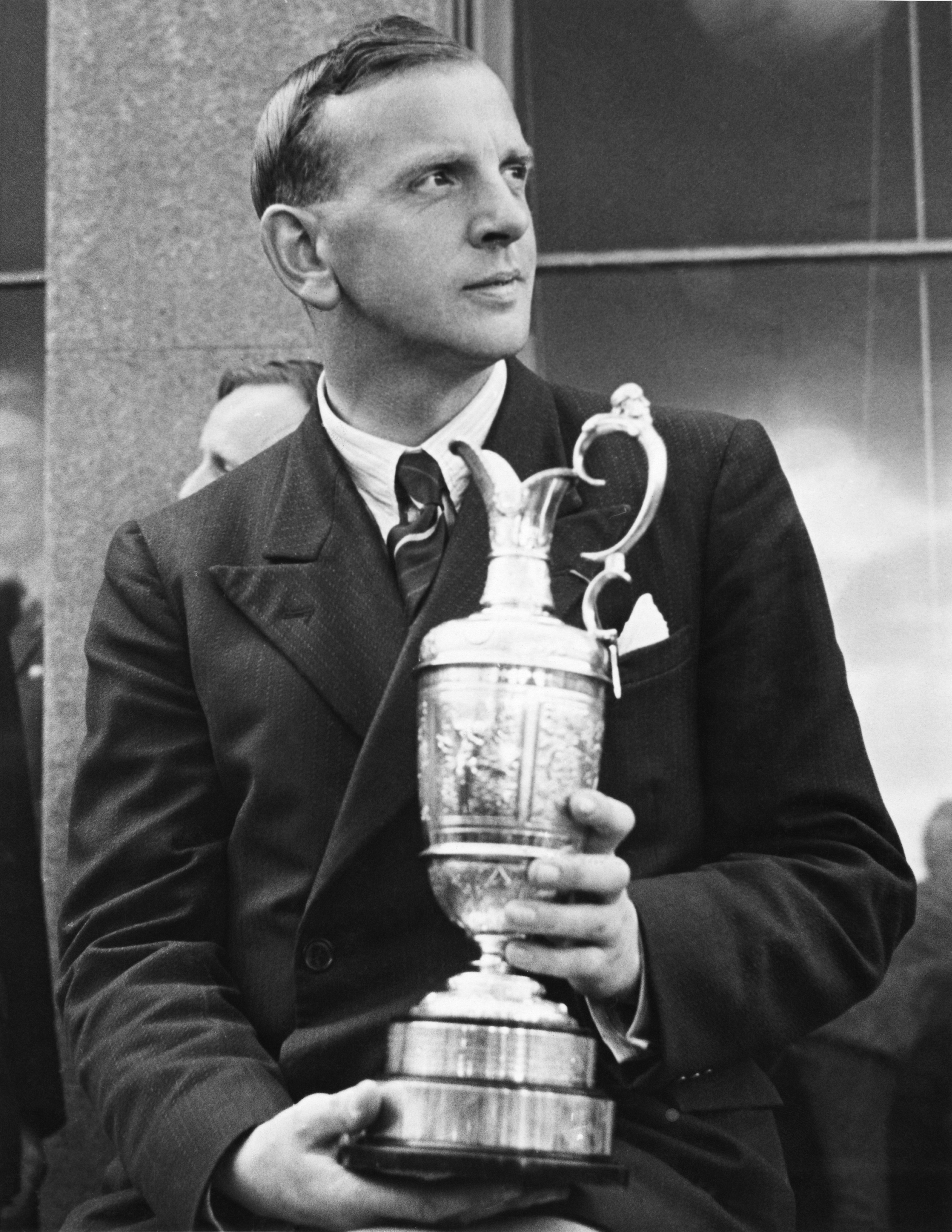
Dick Burton
Richard “Dick” Burton held the title of Open Champion longer than any man in the history of the tournament. He lifted the Claret Jug at St Andrews in 1939 and the competition was not held again until 1946, after the conclusion of the Second World War.
When sending his application to the R&A in 1946, he included a short letter - “Dear Sirs, Please find enclosed my fee of five guineas for this year’s Open. I will bring the trophy back when I come.”
Burton was no flash in the pan. Club professional at Ellesmere Port (then called Hooton) Golf Club and latterly Sale Golf Club, he won his first title at the 1934 Northern Professional Championship. He won seven professional tournaments and played three times in the Ryder Cup.
But his Open victory in the home of golf was his finest moment. Needing to shoot 72 in the final round to win, Burton birdied the 18th to beat Johnny Bulla by two strokes. Just a few weeks later war broke out and Burton enlisted in the RAF.
In later life, Burton was asked if he felt regret at not being able to take advantage of his Open triumph.
“I was lucky enough,” he replied. “A lot of those who watched me at St Andrews also went off to war and they never came back. Some of my friends didn’t make it either, I did.”
Lionel Hebert (1928 – 2000)
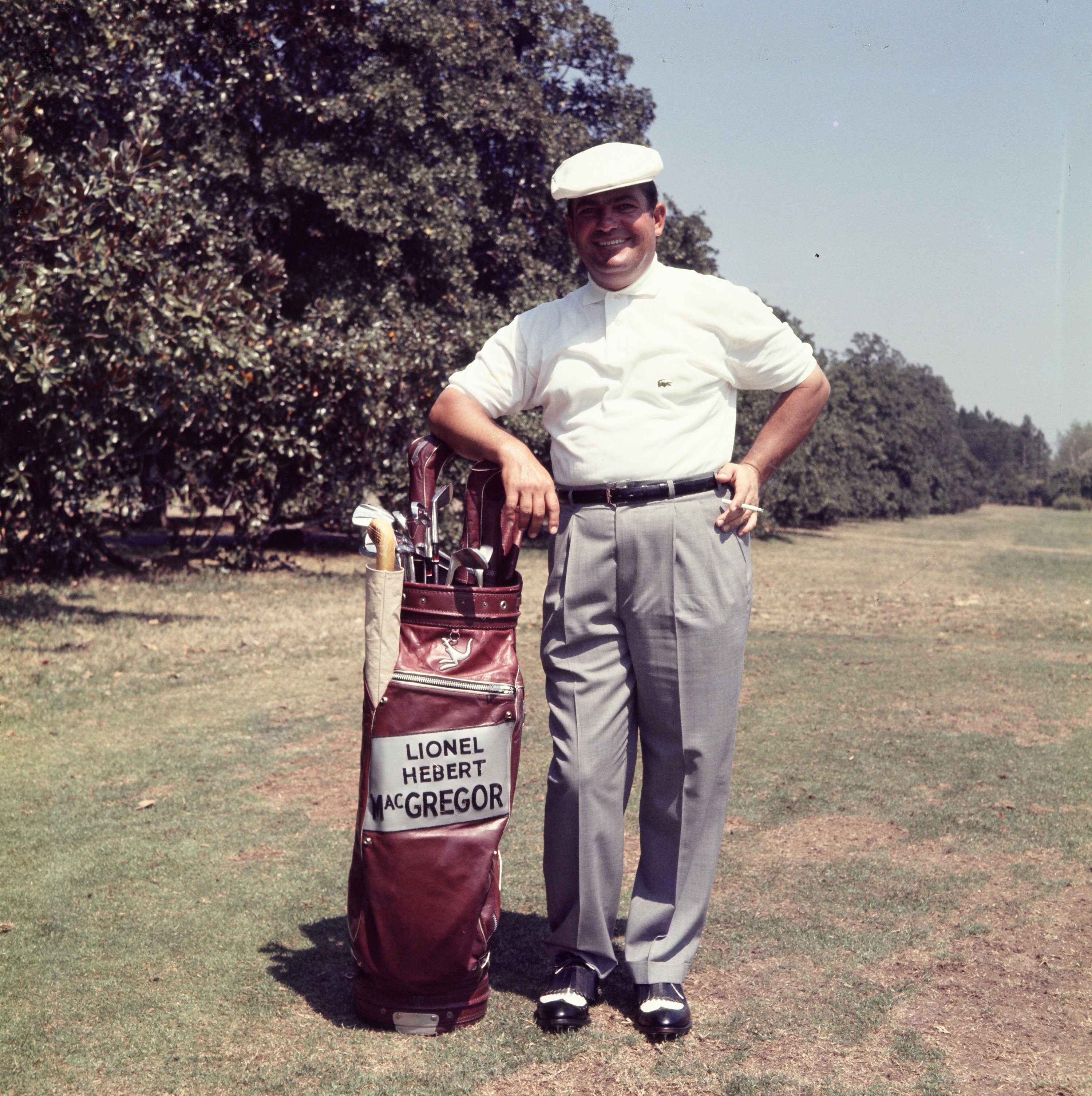
Lionel Hebert
As a young adult, Lionel Hebert had to make a decision whether to be a golfer or a musician. He was an excellent trumpet player and had gone to Louisiana State University to study music.
But, following in his brother Jay’s footsteps, Lionel decided to embark on a career as a pro golfer.
The Heberts (pronounced A-bear) were Cajuns – an ethnic group found mainly in Louisiana, descended from French speaking Acadians (now a part of Canada.)
Lionel and Jay are the only brothers to have won the USPGA Championship. Lionel was the last match-play winner in 1957, while Jay took the title in stroke-play format in 1960.
Lionel played an incredible 580 events on the PGA Tour and senior tour. He was twice chairman of the PGA tournament committee and a founding member of the senior tour. But he never travelled to play in the Open championship as he maintained the trip was, “too pricey.”
Herman Keiser (1914 – 2003)
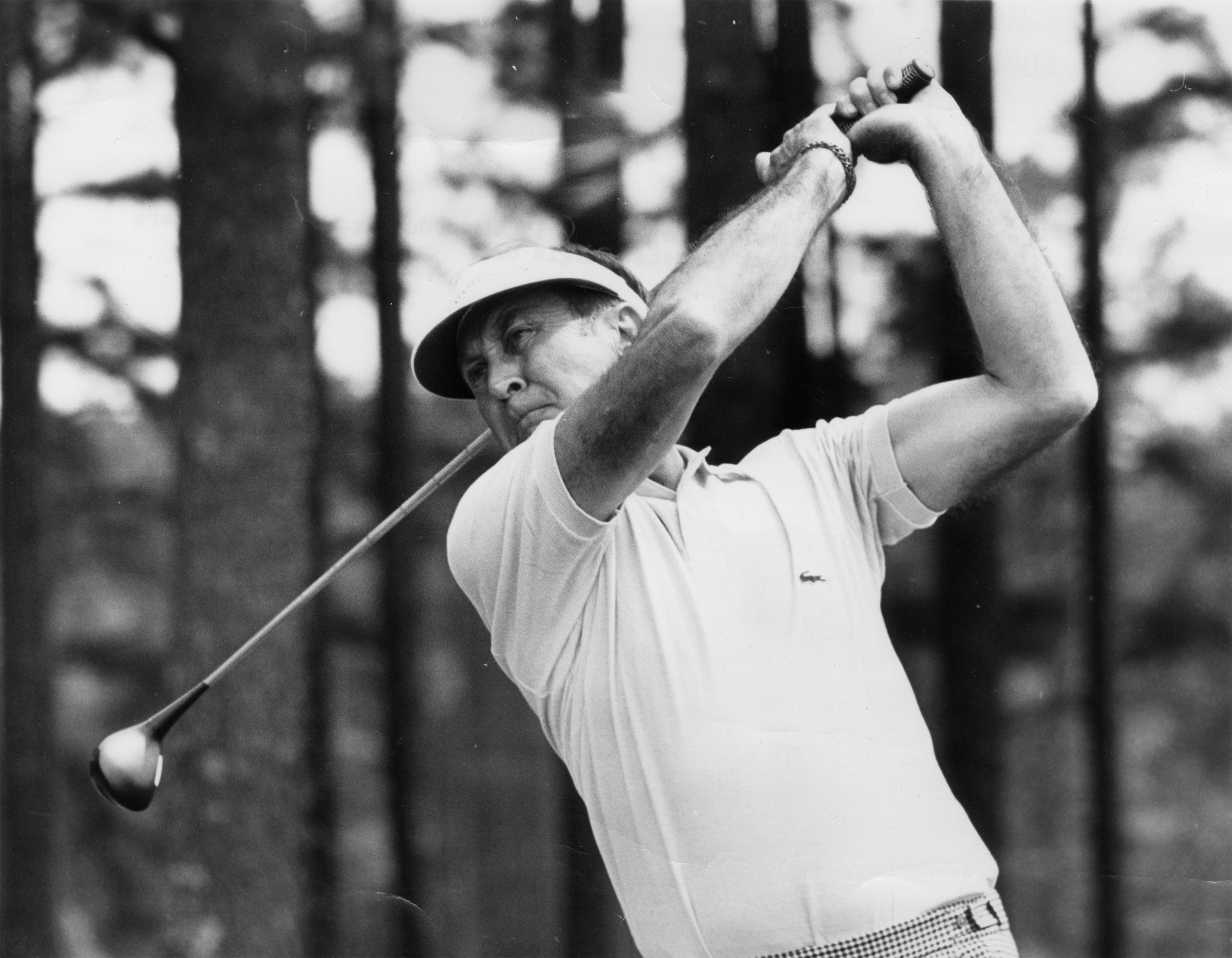
Herman Keiser
The 1946 Masters marked the re-start of significant professional golf following the Second World War. The stars of the day had gathered and the Augusta patrons anticipated a great battle between Hogan, Snead and Nelson.
But, after three rounds it was a relatively unknown pro from Missouri – Herman Keiser – who held a five-shot lead.
Nicknamed “the Missouri Mortician” for the somber expression he wore on the golf course, Keiser had served 31 months at sea during the war, aboard the U.S.S Cincinnati.
Hogan caught Keiser with one hole to play at Augusta but ”The Hawk” three-putted the final green and Keiser was the champion.
Keiser played in the Ryder Cup of 1947 when the US won by 11-1. That one point for Britain came courtesy of Keiser’s singles defeat by Sam King. “The Mortician” quit competitive golf in the mid 1950s and bought a driving range in Ohio.
Andy North (born 1950)
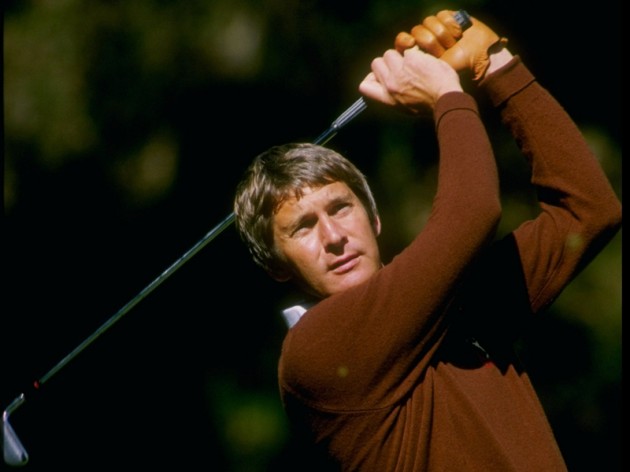
Best known to golf fans as a television commentator, Andy North won three events on the PGA Tour. There’s nothing particularly unusual about that, except two of those titles were the US Open.
North had won the 1977 Westchester Classic, but coming into the 1978 US Open at Cherry Hills he could have been fairly described as a good journeyman. He wasn’t considered a contender, but he outlasted Nicklaus, Watson, Miller and Player to win by a stroke.
He disappeared off the golfing radar again through the early 80s, recording just nine top-10 finishes on the PGA Tour between 1979 and 1984. But he reappeared in 1985 to win the US Open again, this time at Oakland Hills. After 1985, North recorded just three more top-10 finishes on the PGA Tour.
Billy Burke (1902 – 1972)
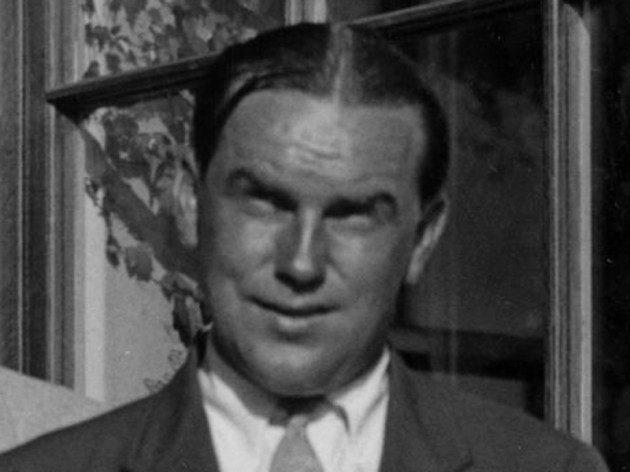
Billy Burke’s victory in the 1931 US Open was notable for two reasons: He was the first Major champion to use steel-shafted clubs and his triumph came after the longest playoff in Major history.
After four rounds at the Inverness Golf Club in Toledo, Burke was tied at the top of the leaderboard with George Von Elm. They returned for a 36-hole playoff the following day and were still tied after that. Another 36-hole playoff ensued and, this time Burke won by one – 144 holes and 589 strokes, compared to Von Elm’s 590.
Having lost a finger working in a foundry as a teenager, Burke used an unorthodox grip with considerable success. He recorded 80 top-10 finishes during his PGA Tour career. The son of Polish immigrants, Burke (born Burkowski) played in the Ryder Cups of 1931 and 33 and was undefeated.
Other Forgotten Major Winners
The forgotten Major winners talked about above were just some of those considered in the research for this piece. There are numerous others, and too many to cover in detail.
For example, Walter Burkemo, the 1953 USPGA champion. He had only one other PGA Tour win during his career and quit the tour in 1954 to go back to life as a club pro.
Dick Mayer won the 1957 US Open, and was PGA Tour player of the year. But he battled with alcoholism and it’s generally viewed this prevented him winning more. He died aged 64.
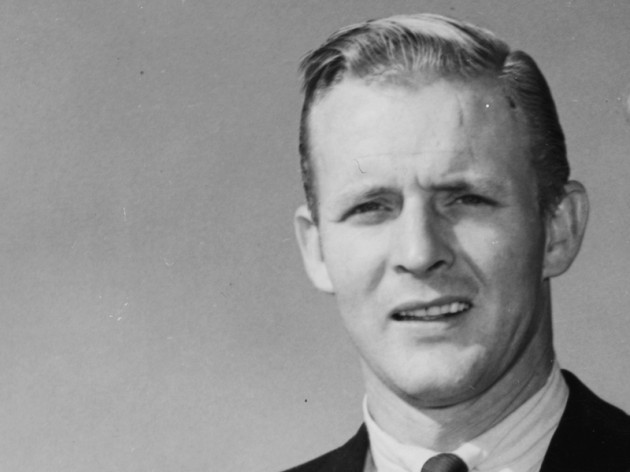
According to Sam Snead and Ben Hogan, 1950 USPGA champion Chandler Harper was the best putter in the world. He was a great friend of Bobby Jones and, in later life, became a mentor to Curtis Strange.
How about back-to-back English winners of the Open Championship in 1935 and 1936 – Alf Perry and Alf Padgham? Perry’s best Open finish was a tie for 17th prior to winning at Muirfield in 1935 while Padgham, having left his clubs in the Hoylake pro-shop overnight, had to break a window to retrieve them in time for his third round in 1936.

All these men earned some sort of fame from golf, no matter how briefly. But none were rewarded financially to anywhere near the extent of today’s Major winners whose lives are changed for good by the endorsements and invitations that flow in. So when the green jacket is presented next April, spare a thought for Ralph Guldahl. When the Claret Jug is lofted at Royal Troon, consider Dick Burton and the two Alfs.
These great old warriors make up an important part of golf’s rich tapestry, it’s just the patch they occupy has become a touch faded.

Fergus is Golf Monthly's resident expert on the history of the game and has written extensively on that subject. He has also worked with Golf Monthly to produce a podcast series. Called 18 Majors: The Golf History Show it offers new and in-depth perspectives on some of the most important moments in golf's long history. You can find all the details about it here.
He is a golf obsessive and 1-handicapper. Growing up in the North East of Scotland, golf runs through his veins and his passion for the sport was bolstered during his time at St Andrews university studying history. He went on to earn a post graduate diploma from the London School of Journalism. Fergus has worked for Golf Monthly since 2004 and has written two books on the game; "Great Golf Debates" together with Jezz Ellwood of Golf Monthly and the history section of "The Ultimate Golf Book" together with Neil Tappin , also of Golf Monthly.
Fergus once shanked a ball from just over Granny Clark's Wynd on the 18th of the Old Course that struck the St Andrews Golf Club and rebounded into the Valley of Sin, from where he saved par. Who says there's no golfing god?
-
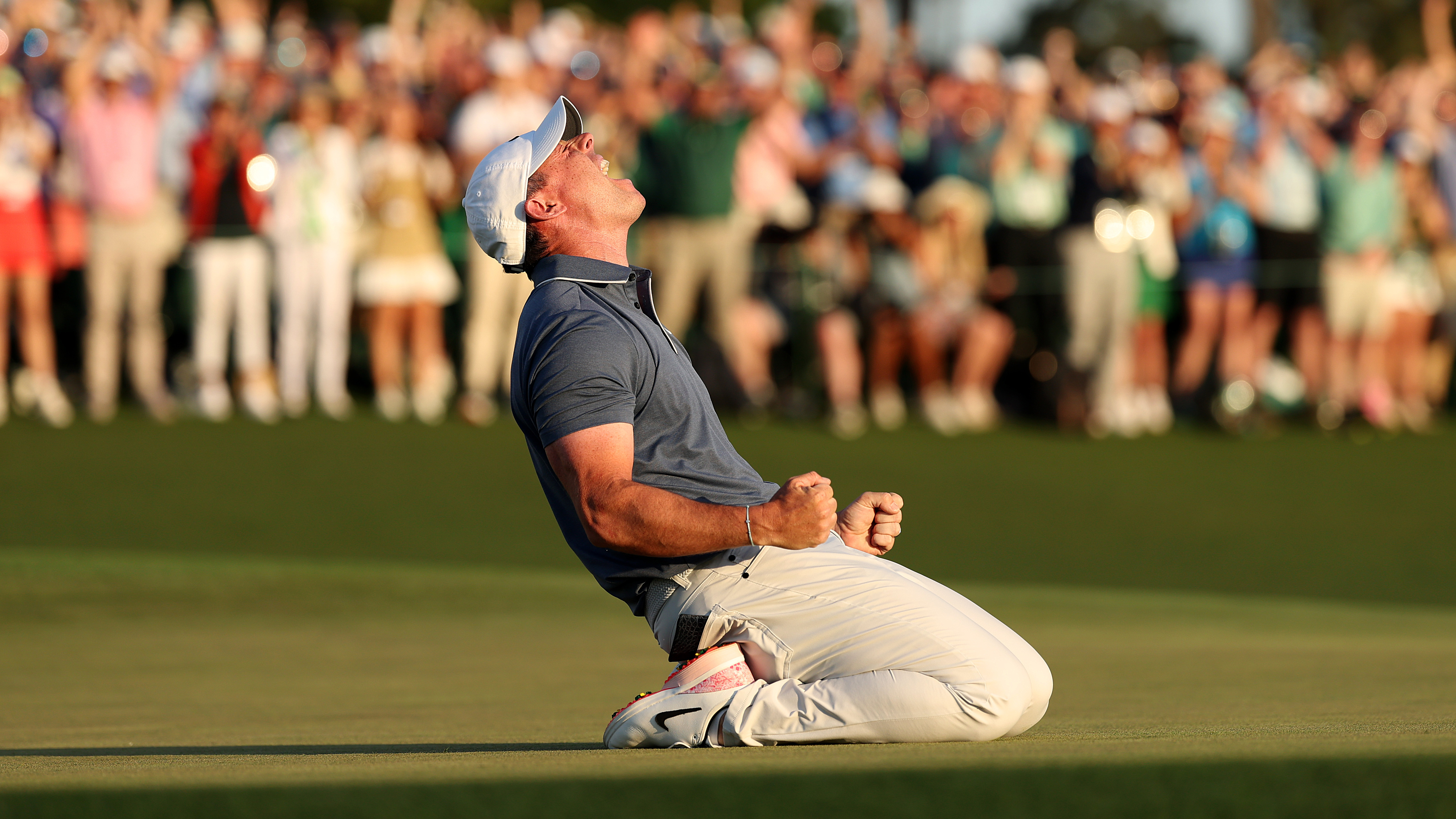 Rory McIlroy Wins The Masters In Playoff To Complete Career Grand Slam
Rory McIlroy Wins The Masters In Playoff To Complete Career Grand SlamThe Northern Irishman battled past Ryder Cup teammate, Justin Rose to finally seal his first Masters title and become the sixth man to win all four men's Majors
By Jonny Leighfield Published
-
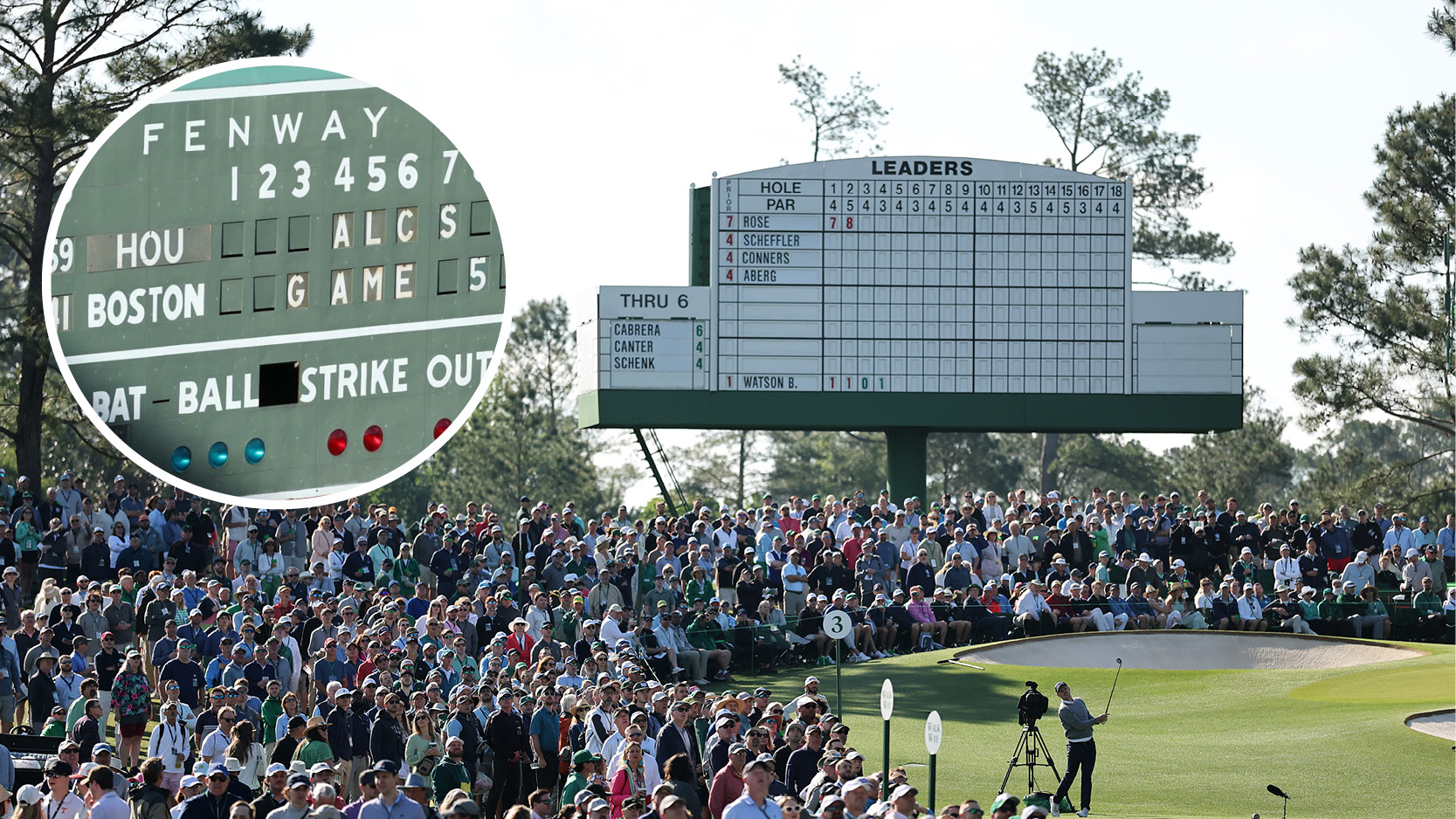 Did You Know The Masters Leaderboard Was Inspired By Fenway Park?
Did You Know The Masters Leaderboard Was Inspired By Fenway Park?The Masters leaderboards are an iconic and historic part of the Augusta National Major, but did you know about its origins and how it operates today?
By Matt Cradock Published
-
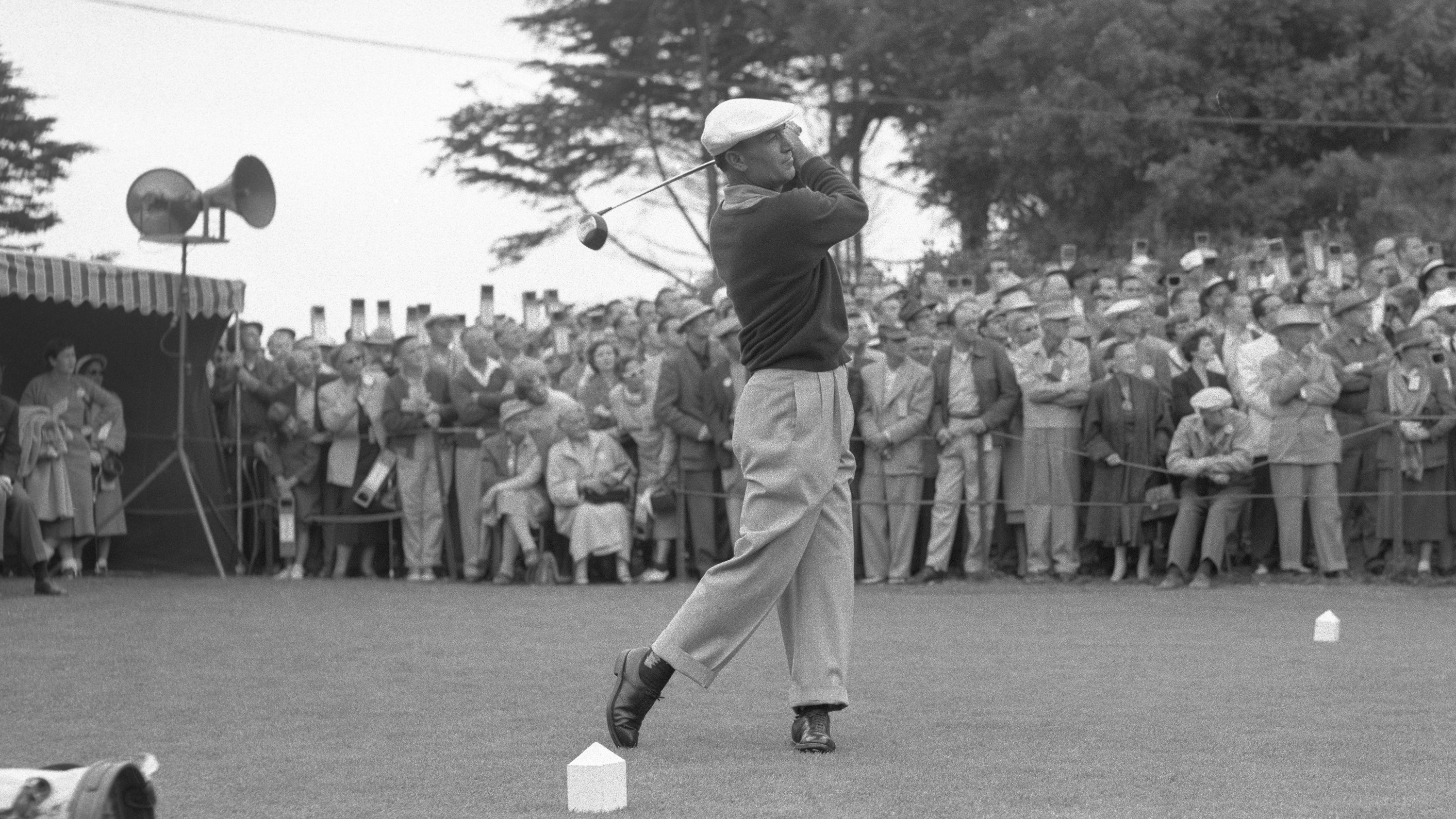 Quiz! How Much Do You Know About Ben Hogan?
Quiz! How Much Do You Know About Ben Hogan?Ben Hogan was one of the greatest golfers in the history of the game. He was a brilliant swinger of the club and is an icon of the sport. How much do you know about him? Test yourself here…
By Fergus Bisset Published
-
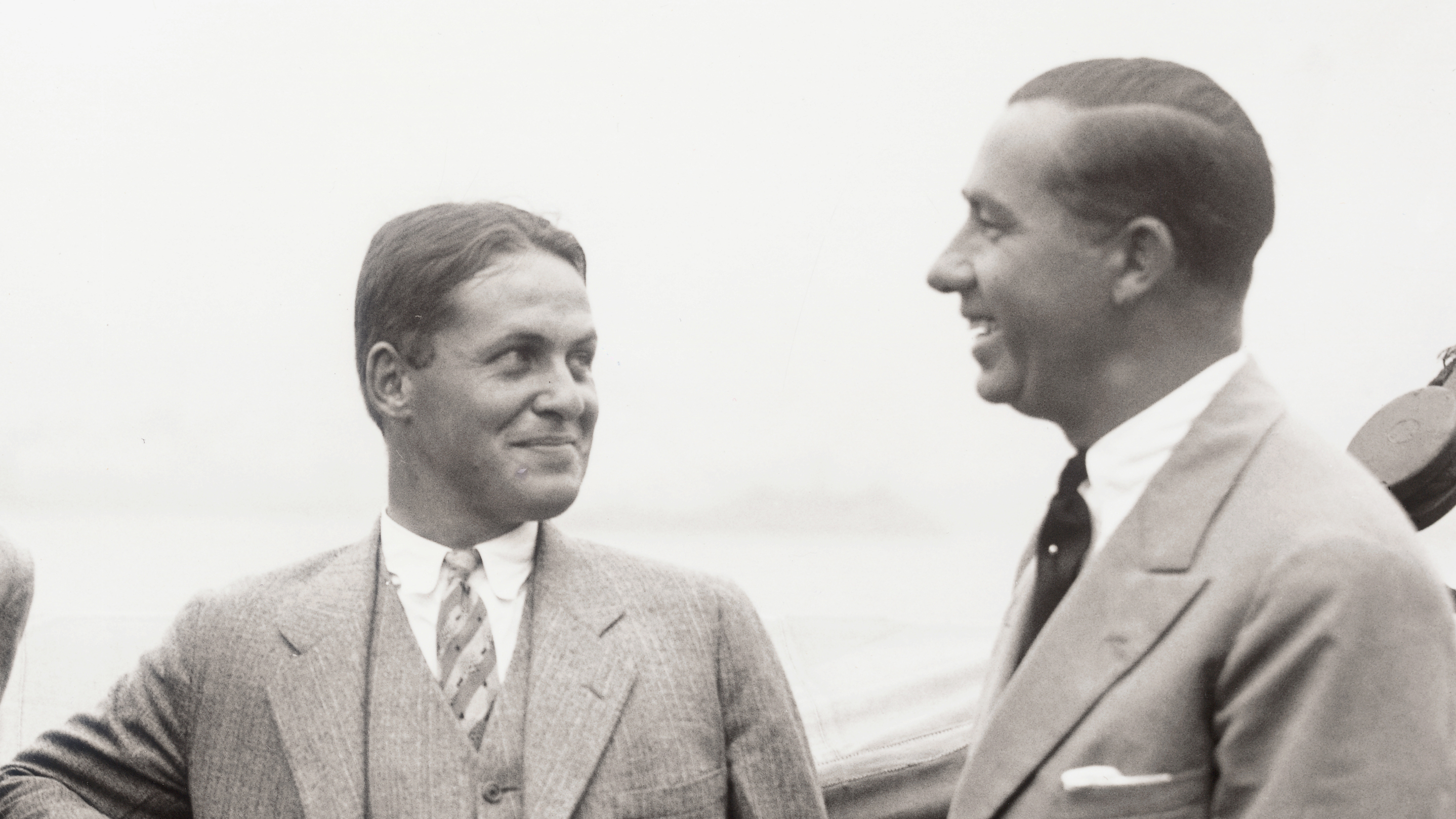 Quiz! Golf In The Roaring 20s – How Much Do You Know About Walter Hagen and Bobby Jones?
Quiz! Golf In The Roaring 20s – How Much Do You Know About Walter Hagen and Bobby Jones?Walter Hagen and Bobby Jones were the standout star golfers of the 1920s. How much do you know about their golfing careers? Test yourself with this quiz
By Fergus Bisset Published
-
 How Far Did Old Tom Morris Drive The Golf Ball?
How Far Did Old Tom Morris Drive The Golf Ball?Old Tom Morris became a golfing legend in the second half of the 19th century, but how far could he hit the golf ball?
By Fergus Bisset Published
-
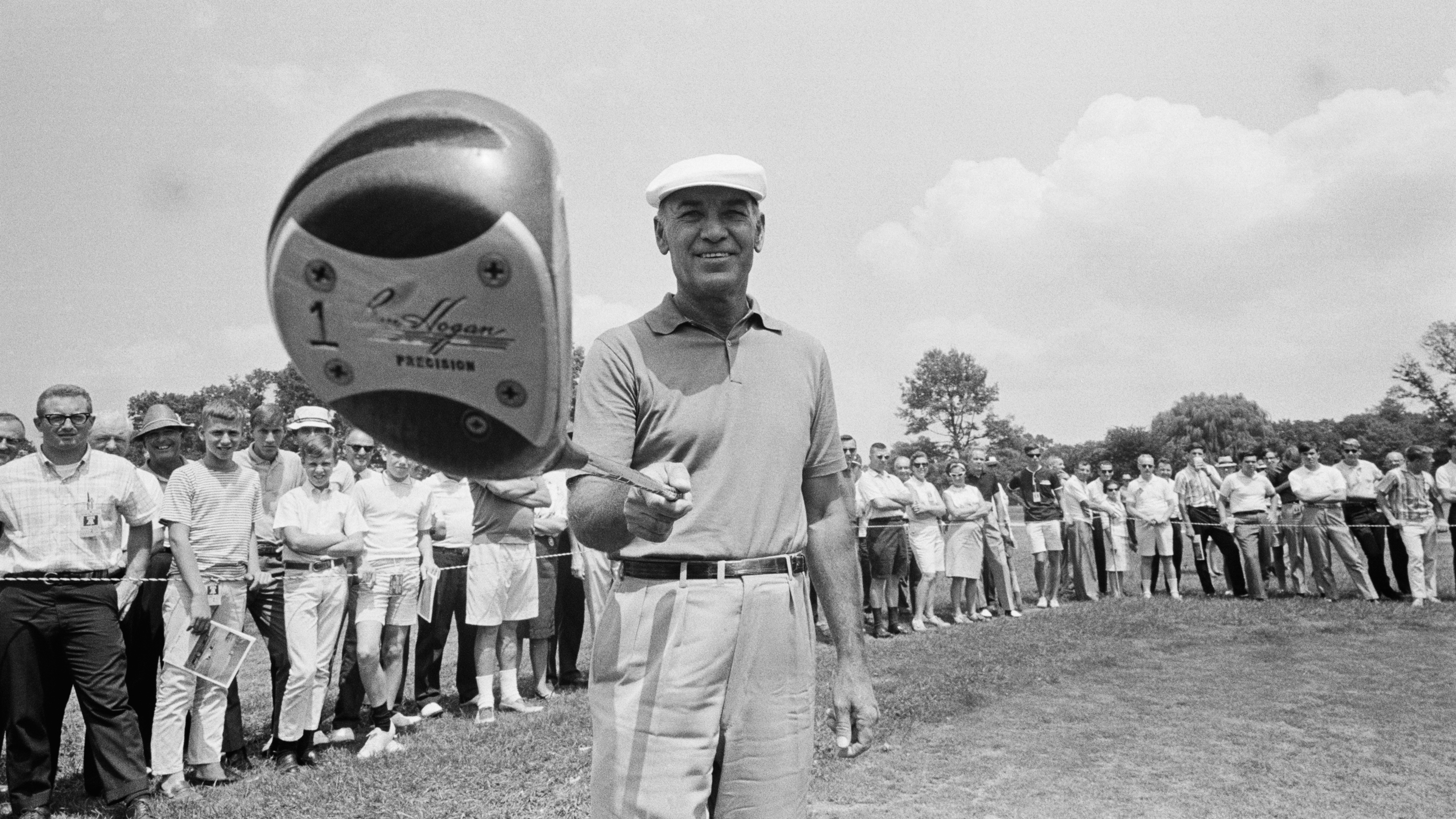 Injury, The Yips And No Form... How Ben Hogan Almost Pulled Off The Unthinkable In His Last Masters Appearance
Injury, The Yips And No Form... How Ben Hogan Almost Pulled Off The Unthinkable In His Last Masters AppearanceAt Augusta National in 1967, 54-year-old Ben Hogan rolled back the years with an incredible back nine of 30 in the third round of his final Masters
By Fergus Bisset Published
-
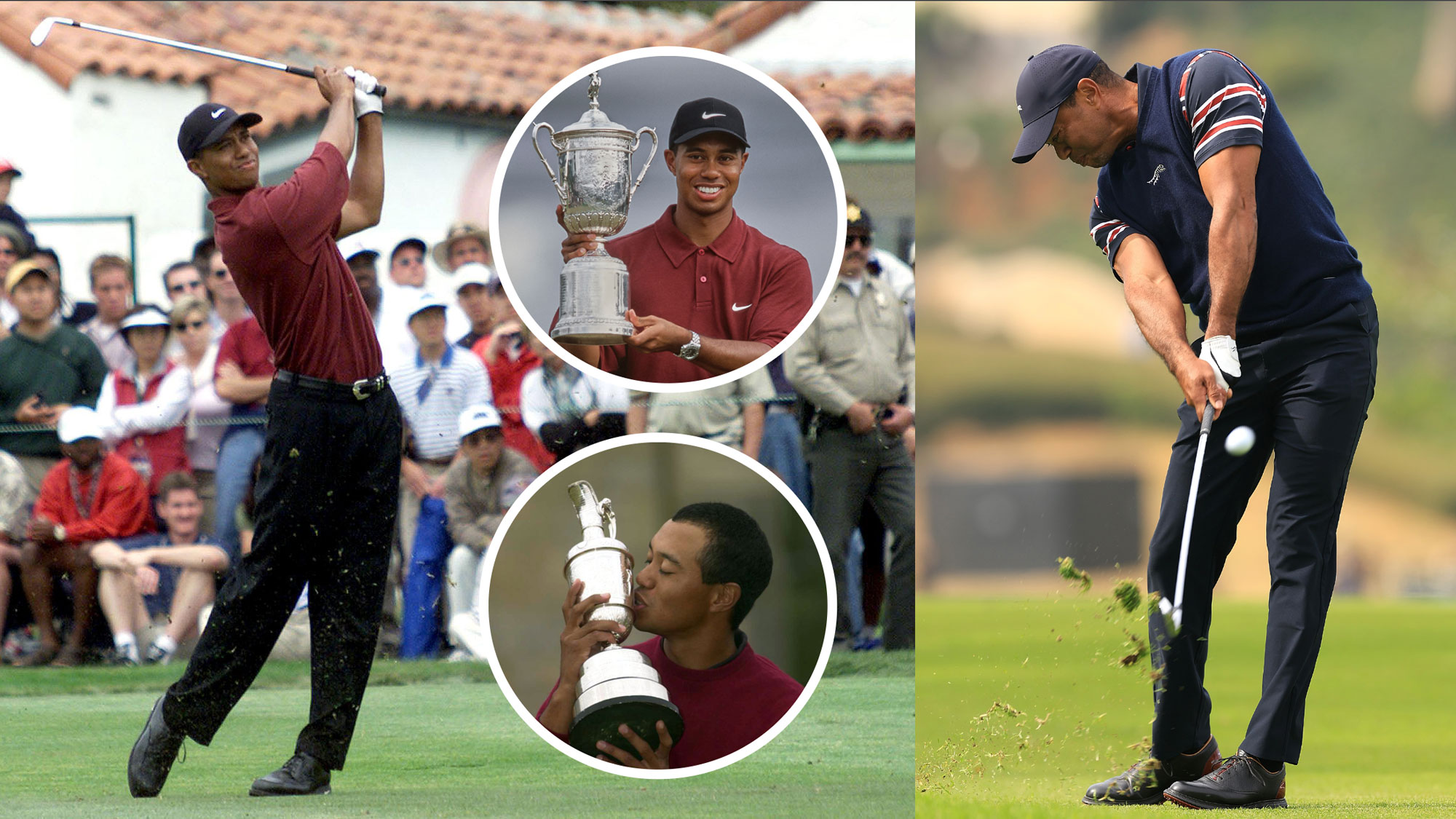 How Would The Unstoppable Tiger Woods Of 2000 Get On Against Today's Best Golfers? We've Crunched The Numbers To Find Out...
How Would The Unstoppable Tiger Woods Of 2000 Get On Against Today's Best Golfers? We've Crunched The Numbers To Find Out...In 2000, Tiger Woods played golf that seemed, and was at times, out of this world. Was it the best anyone has ever played? How would it compare to the best of today?
By Fergus Bisset Published
-
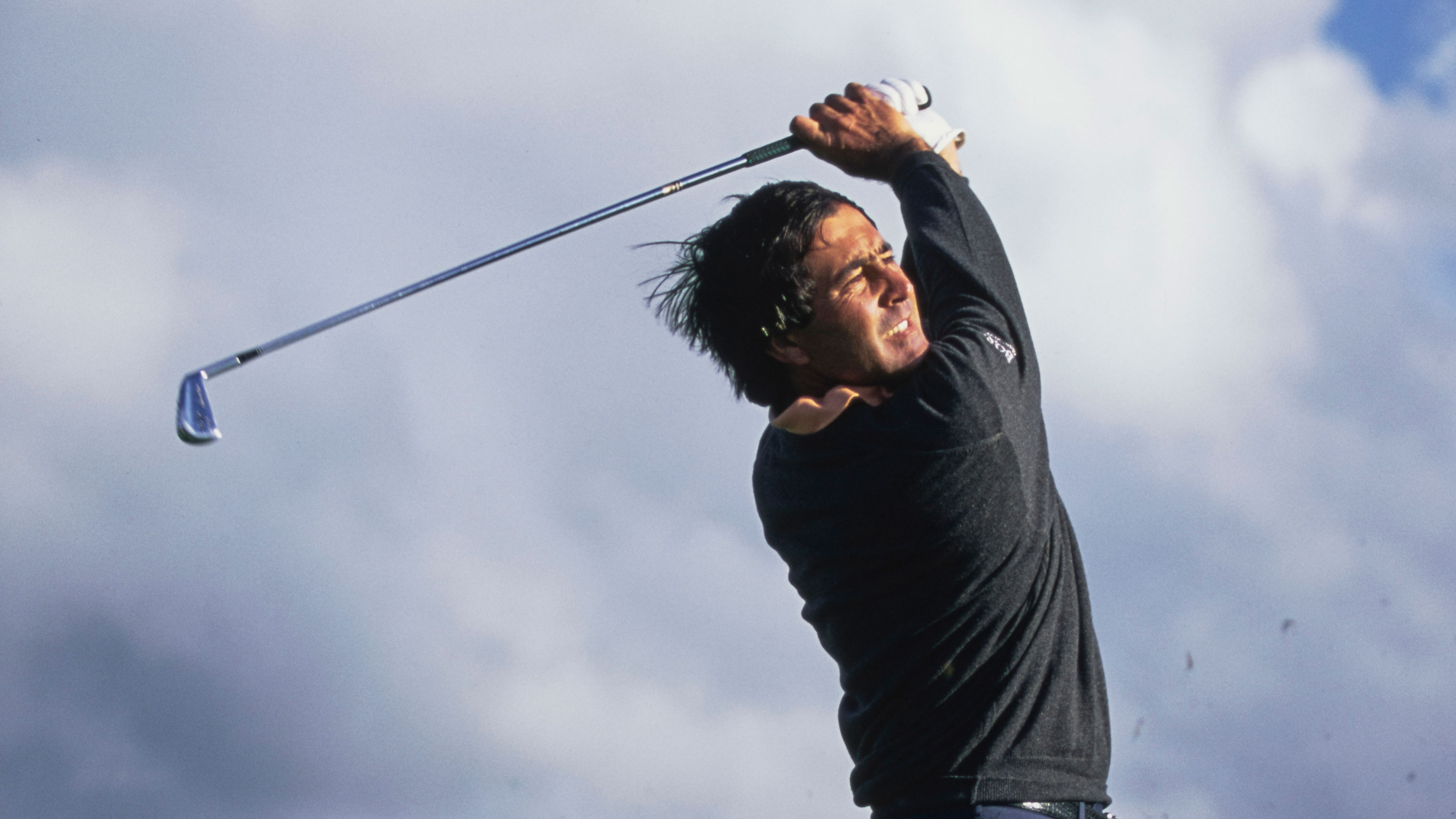 Seve Or Arnie, Who Did More For The Modern Pro Game?
Seve Or Arnie, Who Did More For The Modern Pro Game?Both men were inspirational, and both played a key role in the development of the professional game during the second half of the 20th century.
By Fergus Bisset Published
-
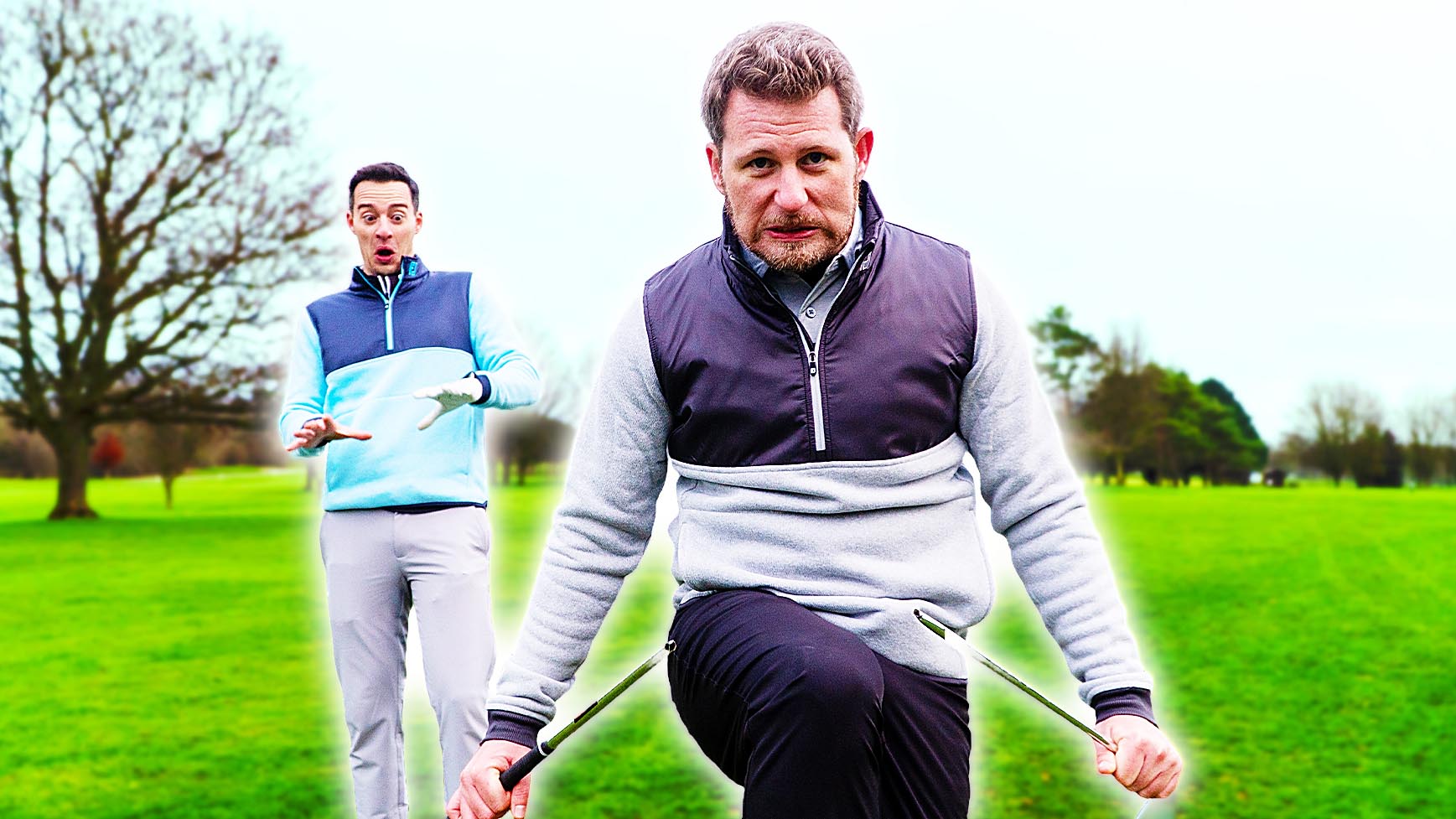 7 Most Annoying Golf Playing Partners
7 Most Annoying Golf Playing PartnersWe showcase the seven most annoying playing partners that golfers can have the misfortune of teeing it up with!
By Sam Tremlett Published
-
 It Only Took 19 Play-Off Holes... The Amazing Story of Hale Irwin's Record-Breaking 1990 US Open Win
It Only Took 19 Play-Off Holes... The Amazing Story of Hale Irwin's Record-Breaking 1990 US Open WinHale Irwin came through a play-off to become the oldest ever US Open winner in an unlikely and highly memorable contest at Medinah
By Fergus Bisset Published